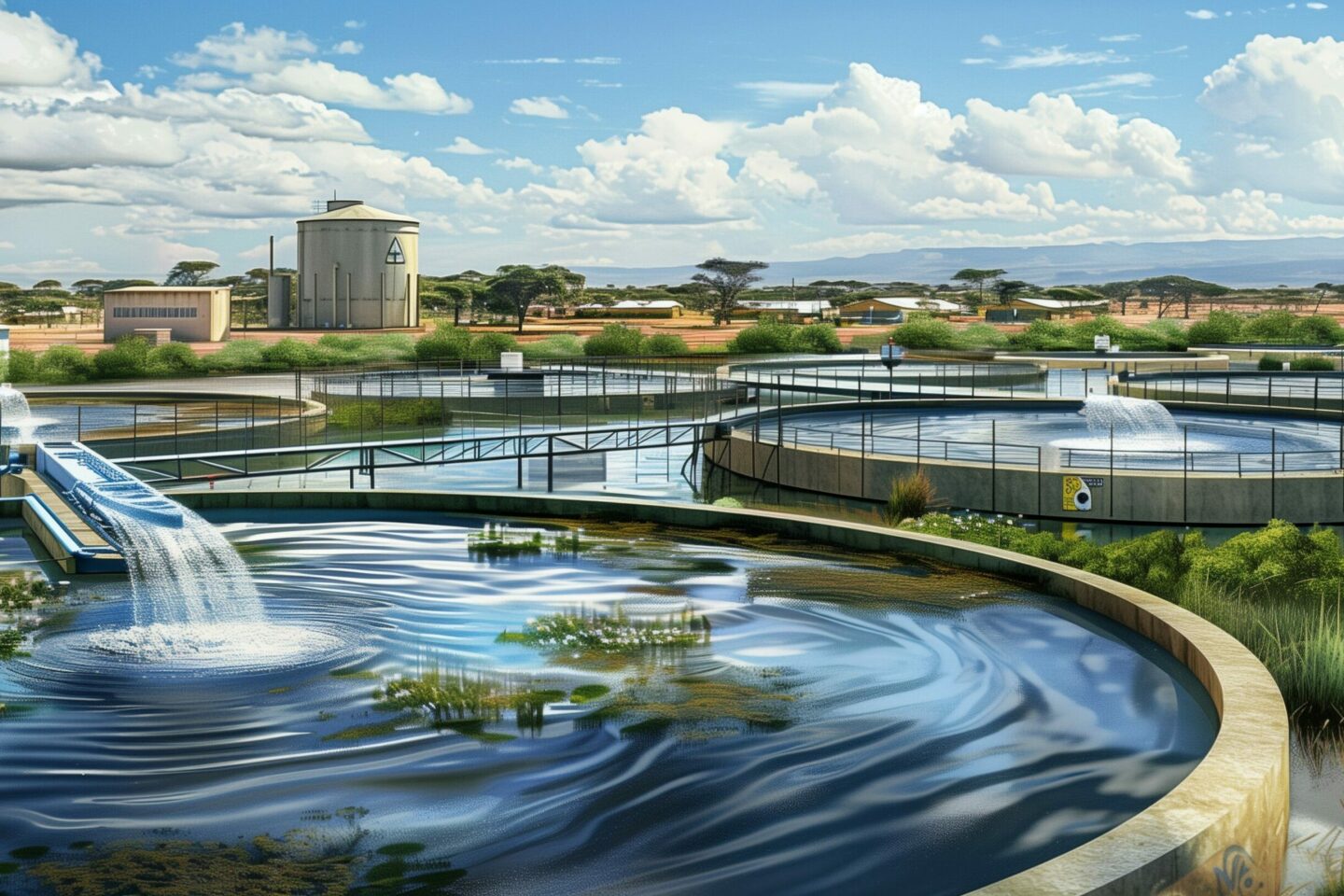From Governance to Growth:
How proactive leadership, smarter financing, and innovation can transform Kenya’s water sector and expand universal access

By Hosborn Odongo and Wario Bonaya
Despite being a fundamental human right, access to clean, safe water is also essential for a healthy environment, our economy and social well-being. Yet, when it comes to funding the water sector, we’re facing a massive gap that’s holding us back from achieving universal access. Projections show we need a staggering 995 billion shillings to reach this goal, but public funds are falling short by 40%. This huge shortfall means we desperately need new, smart ways to get resources, combining better governance, increased efficiency, and a wider range of funding sources.
These issues and the solutions being tested were at the heart of the recent Resource Mobilisation and Learning Engagement held in Naivasha – Kenya, which brought together banks, private sector actors, county government representatives, development partners, and water utilities. Over several days, participants explored what it will take to unlock finance for water, and how each side i.e. utilities and financiers, can meet in the middle to build lasting and sustainable partnerships.
Often, the biggest hurdle isn’t a lack of resources, but rather a lack of proactive and committed leadership. Around the world, and in Kenya, utilities succeed when they’re managed professionally and led transparently. Good governance, competent board of directors, and stable operations are now essential for attracting serious investment. Without them, even the best plans fall flat.
The turnaround stories of Nyeri, Nanyuki, and Nakuru water utilities show that reforms can transform governance and operations, winning trust from both government and private investors. Their success proves that capital follows confidence, and confidence is built on competence.
The financial needs of expanding water services in peri-urban and urban water spaces are heavily skewed towards capital expenditure projects, with the 214 billion shillings needed by 2030 earmarked for infrastructure. We can’t rely only on government funding or concessional loans. A smarter, tiered financing approach is the answer: high-performing utilities can attract commercial financing and public–private partnerships, while those with fewer resources can rely more on grants and public funds. But even for utilities that are struggling with low coverage and weak finances, improving their governance can open the door to concessional loans and donor support. It’s a simple principle: better-managed utilities can slowly but surely move up the financial ladder, reducing their dependence on subsidies and becoming ready for more complex funding/financing solutions.

Innovation is becoming a game-changer, and it’s not solely about new technology. It’s also about how utilities present themselves to potential investors. Developing a compelling “elevator pitch” is no longer corporate speak; it’s a necessity. Investors want to see a clear plan to solve challenges, backed by solid evidence, financial discipline, and a path to returns. At the same time, entrepreneurship and partnerships allow utilities to expand services in a way that matches urban growth and economic development. By collaborating with small and medium-sized enterprises (SMEs), housing developers, and government agencies, we’re reinforcing the idea that water is both a necessity and a driver of sustainable growth. Benchmarking is also proving to be a powerful tool for accelerating progress. By learning from peers in Kenya and adapting lessons from global leaders like Vietnam, Singapore, Malaysia, and Dubai, utilities don’t have to reinvent the wheel. Kisumu’s upcoming showcase of its utility transformation highlights the value of local peer learning while reminding us that context matters just as much as ambition.
Ultimately, mobilising resources for the water sector is about filling financial gaps as well as securing our environmental future. Every shilling invested in infrastructure reduces waste, builds resilience to climate change, and protects our ecosystems. Efficient utilities ease the pressure on our natural water sources by minimising waste and ensuring fair distribution. Therefore, this is an investment in people and the environment that sustains us all. The water sector is at a crossroads. The investment needed is huge, but so are the opportunities. By strengthening governance, embracing smart financing, encouraging innovation, and presenting clear, “bankable” proposals, utilities can unlock the capital they need. In doing so, not only will they expand services and improve livelihoods, they’ll contribute to a more resilient, sustainable, and inclusive future for everyone. Universal access to water is within our reach, but we won’t get there by waiting for resources to trickle down. We’ll get there by mobilising them intelligently, strategically, and sustainably.





